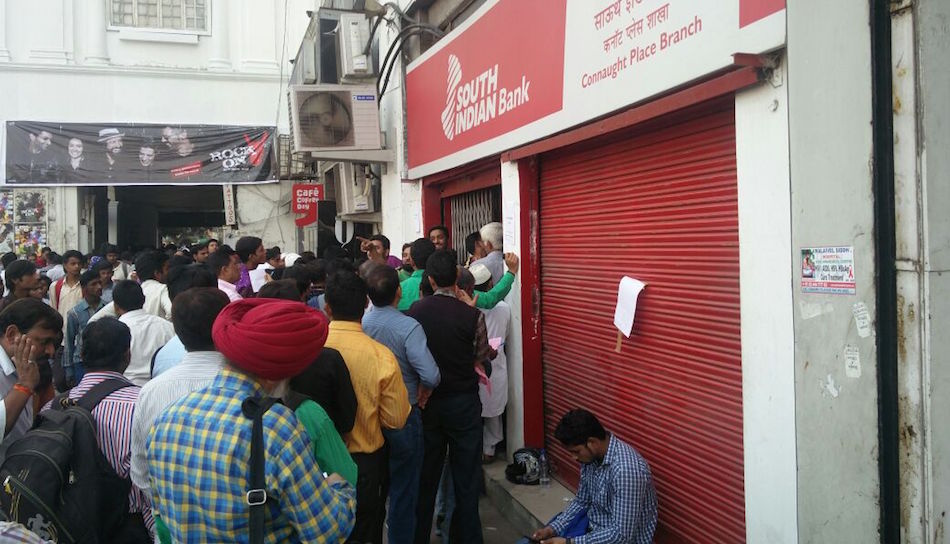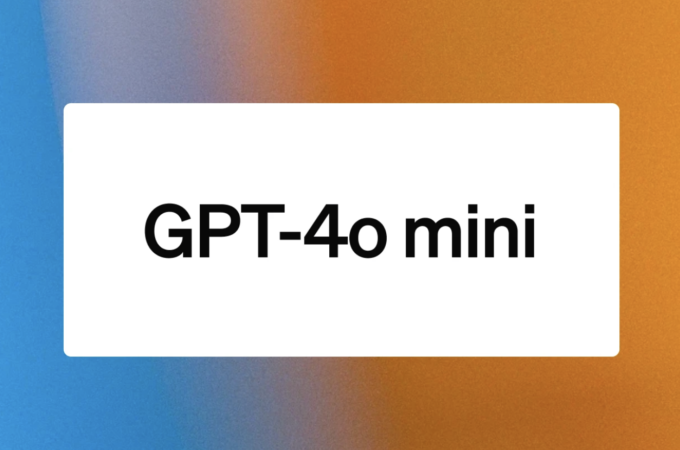
Here’s a tech solution to the killer queues at banks and ATMs in cash-starved India
My colleague in Bangalore, Neha, stood for hours at ATMs twice – and failed on both occasions to withdraw cash. Another colleague, Abhilash, was third in the queue after a four-hour wait when the ATM ran out of cash.
Neha and Abhilash are the lucky ones. There are reports of elderly people collapsing in queues. Some died with heart attacks. A woman suffocated to death in a crowded bank. Disturbing images in social media show police beating up people to keep them docile in queues.
Hundreds of millions of people have been queueing up first thing in the morning in front of banks and ATMs across the vast country ever since Indian prime minister Narendra Modi made the shock announcement on the evening of November 8 to ban high-denomination currency notes. These 500-rupee and 1000-rupee notes accounted for 80 percent of the cash in the country. So there’s a sudden vacuum for people requiring cash for everyday needs in a country where mom-and-pop stores and service providers are mostly not equipped to accept card payments.
There’s also a low cap on the amount of cash that can be withdrawn each day – so even those who do make it to the head of the queue in time have to repeat that feat within days. Banks don’t have enough low denomination notes to meet the requirements, so they have to shut their counters and ATMs when they run out of cash. The new 2000-rupee and 500-rupee notes are also scarce.
Many, like me, are biding their time with online transactions. But eventually we will have to bite the bullet and stand in queue. Not only to get petty cash but also to deposit the old 500-rupee and 1000-rupee notes lying with us before December 31, after which they become junk.
Does this have to be such a painful and chaotic process in this age of mobile tech? The answer is a big ‘No.’ If only banks would use the available tech to ease the pain of their customers.
Use SMS, not tokens
Singapore and Bangalore-based startup Lucep, for example, has been trying to get banks to adopt a simple solution it is offering for free to mitigate the crisis. Lucep is in the business of providing artificial intelligence for sales, but it also has a VirtuaQ app to help businesses and organizations avoid making their customers wait physically in long queues. Now it has come up with an SMS-based service for virtual queues, which banks could use for free.
A customer would simply send an SMS to a number and receive a queue ticket from the bank. You could then just land up at the bank or ATM when it’s close to your turn – or at least be informed not to waste your time showing up there because the cash has run out.
The SMS would contain the acronym and pin code of the bank branch or ATM that you wish to visit. For example, for the State Bank of India on MG Road in Bangalore, your SMS would be SBI560001. Right now, an SMS to +91-9282121220 in the given format generates a response stating that the requests are being collected and sent to the banks concerned to let them know people are asking for it. The number is doing the rounds in social media to build pressure.
If only banks would use the available tech to ease the pain of their customers.
The SMS service, which can also be used with feature phones, is simpler than a virtual queue app like VirtuaQ or Sminq, which clinics in Pune have been using for their patients. The app would require both banks and customers to download and use it. The SMS service has no such requirement – only a buy-in from banks to the assigned queue tickets.
“Bank staff don’t need anything other than a web browser to get going. So banks can get started almost immediately,” Lucep CEO and co-founder Kaiesh Vohra tells Tech in Asia. “There’s already a couple of banks that have started discussion – so hopefully they will begin to roll it out soon!”
Only one ticket would be issued at a time to ensure you don’t queue up simultaneously in multiple locations and clog up the system.
So far, the only help some banks have provided to their customers is to hand out tokens, but even that requires a physical presence for long periods of time. Besides, tokens become unwieldy when large numbers of people turn up to withdraw or deposit cash.
Other hacks
Other tech startups too have been coming up with hacks for people desperately seeking cash in India. One of them is BookMyChotu. (Chotu roughly translates to errand boy.) It’s a portal to hire help for housework, shopping, and so on; now you can get someone to stand in a queue by proxy for INR 90 (US$1.3) an hour.
Tapzo, earlier known as Helpchat, launched a new feature – Find the nearest ATM – that tells you which ATMs are near you and when it dispensed cash last, so that you could make an educated guess on the probability of the ATM going dry by the time you queue up. Tapzo has mapped over 20,000 ATMs across India and claims over 200,000 people have used it already.
Digital wallet Paytm introduced a new feature in its app to enable mom-and-pop stores without card-swiping machines to accept card payments and reduce the need for cash. But it had to be withdrawn within a day when card companies Visa and Mastercard raised a red flag.

A usually packed annual trade fair in Delhi is empty as people had no cash to splurge. Photo credit: Harsimran Julka.
Classifieds site Quikr created a website called CashNoCash that locates the ATM nearest to you and provides a crowdsourced status such as Cash, Long Wait, or No Cash. Other apps like Walnut and LiveBankStatus are also crowdsourcing information on queues.
But surprisingly, banks have done little to reduce the trauma of queues three weeks after the problem surfaced.
First appeared at TIA




